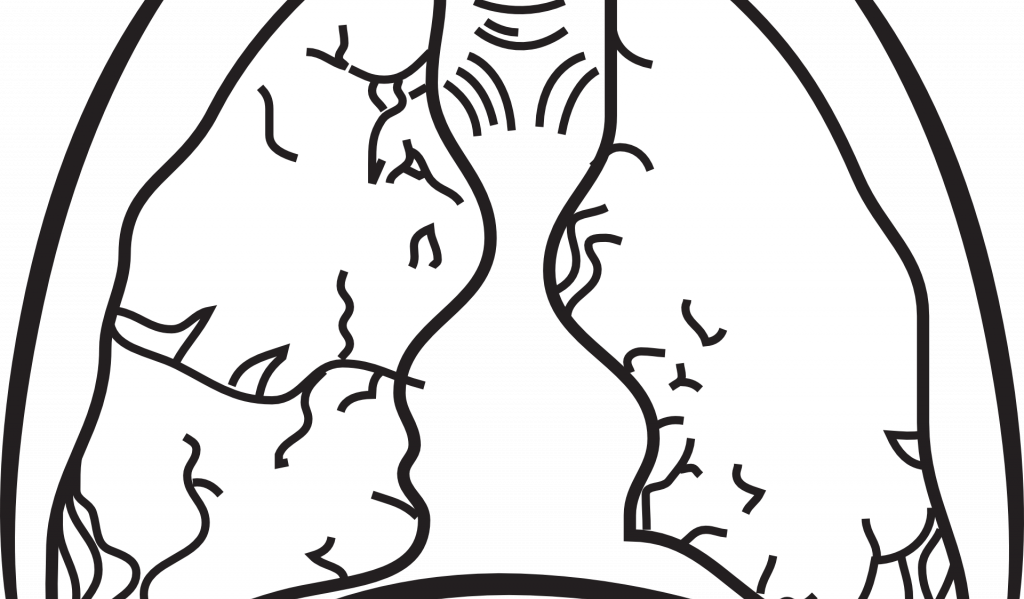When people have an X-ray or CT scan of their lungs, they often come across the term pulmonary parenchymal band in the report. What is a pulmonary parenchymal band? Is it pulmonary fibrosis?
Pulmonary parenchymal bands
Parenchymal bands are also called fibrous stripes in some cases. On imaging films, a parenchymal band is a white linear opacity. It is about 1-3 mm thick, 2-5 cm long, and goes through the lung to the pleural surface.
Parenchymal bands most often occur when there is a preexisting lung lesion, such as an infection or tuberculosis. During the healing process, the lesion is replaced by fibrous tissue gradually. To use an analogy, if we have an injury to the skin, it often leaves a scar after it has healed, as do some lesions in the lungs.
Parenchymal bands usually do not require treatment or intervention. In rare cases, parenchymal bands may be extensive and require treatment.
Pulmonary fibrosis
Pulmonary fibrosis (PF) is a term for a group of conditions that cause inflammation and scarring (fibrosis) in the lungs. Pulmonary fibrosis is the result of self-healing of the lungs after an injury from various causes, but it results from improper healing. The alveoli are getting damaged, hardened, and scarred, and this causes difficulty in breathing.
In the vast majority of cases, the cause of pulmonary fibrosis is unknown (idiopathic). Idiopathic pulmonary fibrosis (IPF) may be related to factors such as exposure to harmful dust or chemicals, smoking, viral infections, genetics, etc.
Pulmonary fibrosis is a difficult lung disease that starts insidiously and is not easily detected in its early stages. Breathlessness is its most typical symptom, especially after activity, sometimes accompanied by coughing. If a person with pulmonary fibrosis develops a persistent cough, it is important to be on the lookout for other diseases, such as lung cancer. As pulmonary fibrosis progresses, patients may experience loss of appetite, weight loss, and general weakness. Eventually, they may lose their lives due to respiratory failure.
If these symptoms are present, patients should see a pulmonologist promptly for diagnosis and treatment.
Summary
Although there are similarities between the two in terms of imaging and name, there are in fact clear differences. It is important not to worry or assume that everything is fine, but to consult a lung specialist, such as a pulmonologist, if you have any doubts.
